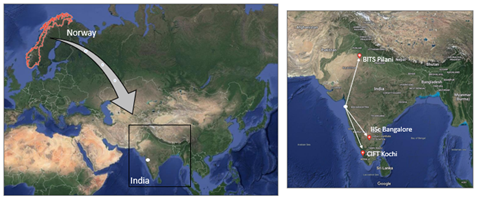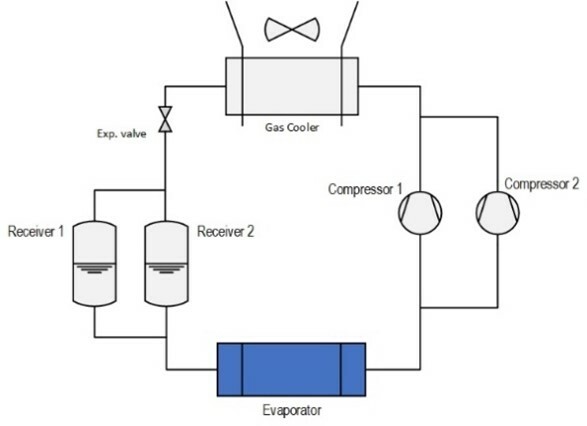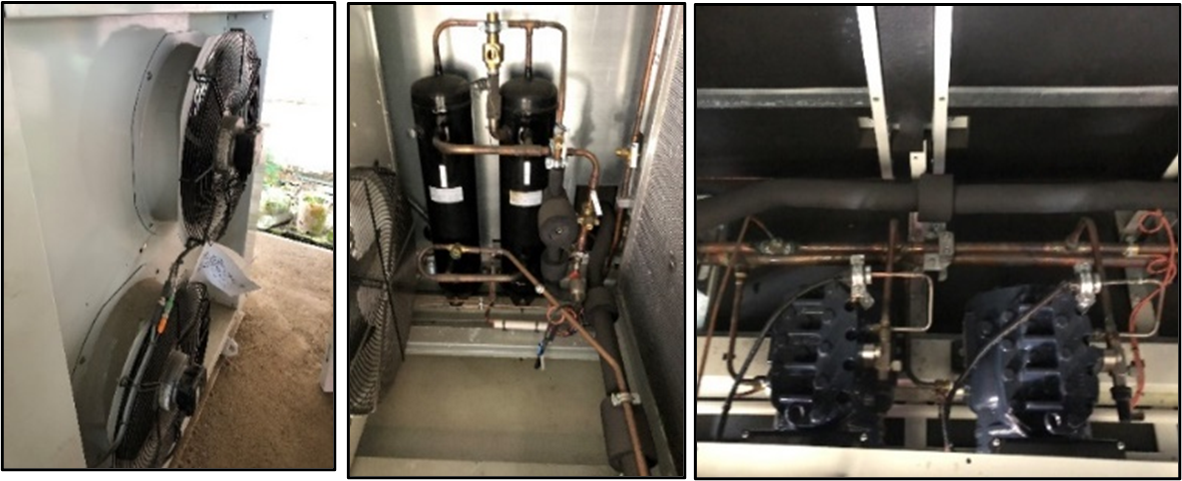INDEE+ Project: Norwegian R744 condensing units arrived in India for educational purposes
Three R744 condensing units were sent to India by Prof. Armin Hafner (NTNU, Norway) to educate Indian institutions, end-users and vendors on clean cooling technologies, with the aim of helping India meet global environmental targets.
Recently, within the framework of INDEE+ project [1] and the Intpart EduCool project [2] supporting the Indian refrigeration and Air Conditioning sector in the transition towards more sustainable and cleaner cooling solutions, three R744 condensing units were shipped from Norway (Prof. Armin Hafner) to the three Indian institutions taking part in the cooperation (Pilani, IISC Bangalore and CIFT).
The aim of this cooperation and INDEE+ is to demonstrate the CO2 refrigeration technology in India for high energy demanding sectors (supermarkets, hotels and fish processing industry), which have to cope with high ambient temperatures in India.
To support the transition towards clean cooling technology, the cooperation projects enable knowledge transfer between Norwegian and Indian institutions, end-users, and vendors. This helps India to achieve the climate and environmental goals by applying such environmentally friendly and clean cooling solutions in the future.
Within each R744 condensing unit sent to India, the evaporators and system configurations will be adapted and redesigned to handle the various educational approaches and local ambient temperatures.

Once the design is completed, the units will be available for educational lectures and external training at the partner institutions. The newly hired INDEE+ Ph.Ds and postdoc candidates have been assigned the design task with the support of the whole team.


(Receivers, Condenser fan, Compressors).
[1] https://www.ntnu.edu/indee
Written by: Dr-Eng. Yosr Allouche (IIR head of projects)
